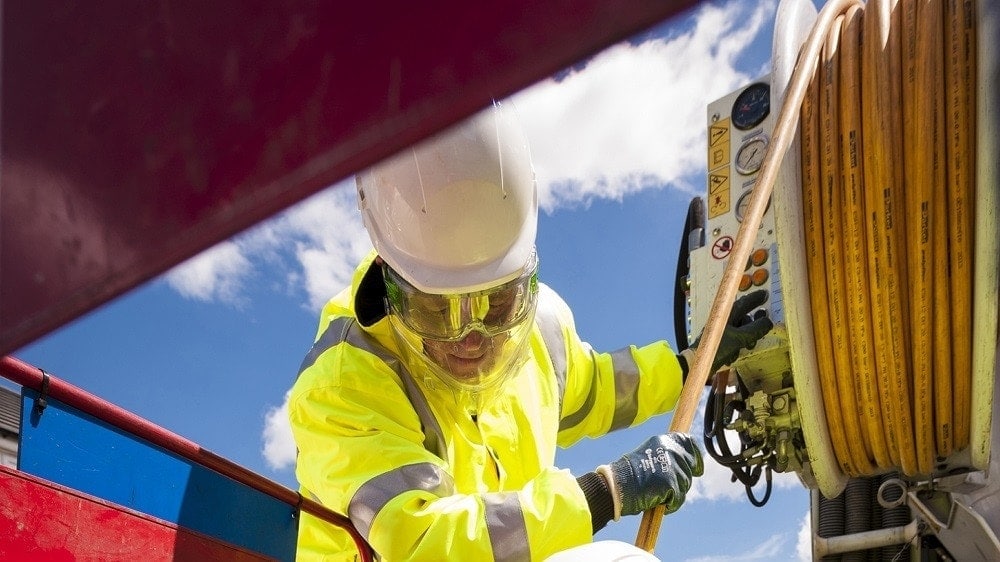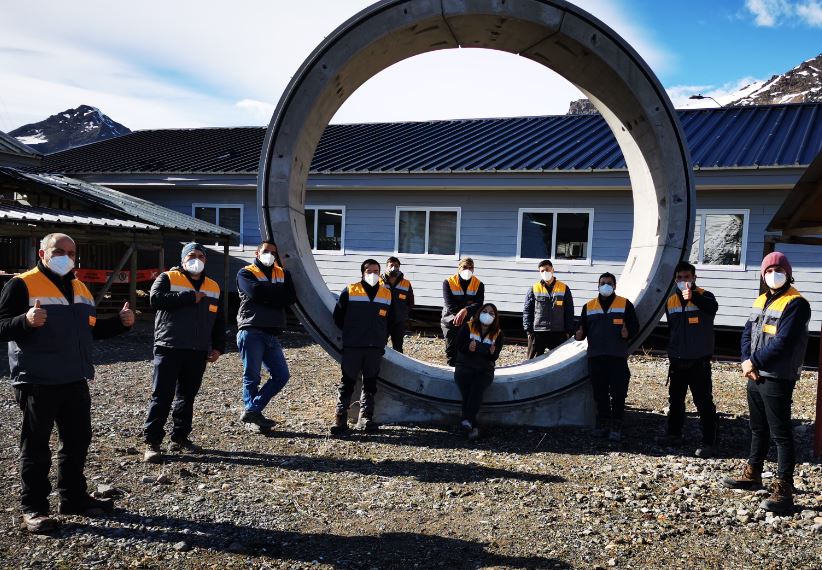
The importance of instilling organizations with a culture that takes health and safety into account as one of its fundamental pillars is now commonplace. However, while implementing policies, processes, and management systems for occupational safety is essential, it is only when companies manage to incorporate health and safety as a value part of their culture that a requisite degree of maturity in this field has been achieved.
What is corporate culture?
Corporate culture can be defined as the set of beliefs shared by most workers at any company. A company culture geared towards health and safety is not achieved by just including this principle among the corporate values. It’s about enabling the organization to share, through its professionals, the belief that health and safety is a core and true value. The way work is done is always safe and we are prepared to react and fix any weakness in our approach.
It is impossible to reach this objective if the instrumental aspects of occupational health and safety mentioned previously are not delivered. They are necessary conditions, but a culture of health and safety goes beyond these external mechanisms to other internal aspects associated with the way of thinking among the individuals who make up a company. In fact, an underdeveloped workplace environment will enable and tolerate unsafe behavior, no matter how many health and safety management policies, processes, and tools are in place.

A culture of health and safety implies shared responsibility throughout the entire organization to uphold health and safety at work, open and transparent communication between managers and teams, an aspiration for continuous improvement and leadership that holds health and safety at the heart of how we work. Health and Safety becomes a cultural trait when the demand does not come from some internal or external regulatory body but rather when it arises from the individual conviction that it is not just important but is of the utmost value.
But the main question is:
How do we enable health and safety as part of the organization’s corporate culture?
Next, we’ll highlight 5 aspects that play an important role in positioning health and safety in the organizational culture.
- Leadership as a key piece
For the creation of this corporate culture, the role that leaders play is fundamental. Leadership in health and safety is not only leaders explicitly stating a commitment but making this aim a reality in material decisions that have a significant impact on the generation of shared beliefs. Promoting a culture of health and safety entails making it a core value for the organization; it requires a continuous presence both in the sponsorship of major strategies and in their operational implementation; it entails giving the role of health and safety organizational relevance and the resources needed; it requires setting demanding goals and monitoring performance.
- Managers’ alignment
If leadership is the key element of mobilization, the role of managers is the conveyor belt needed. The managers have responsibility, through their decisions, to enable this view of health and safety, making the culture of health and safety a reality. In the first place, they act as leaders in their area of responsibility, ensuring that preventive measures are indispensable and prioritizing safety in managing their team, creating the environments for success. Second, but not any less important, they should be an example through their behavior. Few elements are more transformative than a manager who carries out their own daily performance as a model of safe behavior.
- Empowering front line workforce
A third element in building a culture of safety is employee empowerment. Employees involvement and engagement makes it possible to share a common goal of improving health and safety at work. From their proximity to the reality of the operation, front line employees have a unique opportunity to contribute proactively in creating and deploying enhanced safety measures. Additionally, their involvement will serve as an element to manage change, achieving their identification with the safety value. Along with involvement, it’s also necessary to create a work environment where workers feel safe when it comes to expressing their concerns about health and safety, beyond the organizational hierarchy. It is impossible for health and safety to be a core value of the culture when workers are afraid to speak up when a situation that could endanger themselves or their colleagues arises. Creating a work environment that fosters psychological safety among the employees to express freely must be a priority.

- The role of HR
HR policies and processes are elements that serve the company with significant transformational power. Attention to health and safety factors in people management is required to consolidate a culture of safety. If experience and commitment to health and safety are considered among the competencies to be assessed in hiring new professionals, if the behaviors related to safety are regularly evaluated, if workers’ health and safety training is properly delivered and if excellent behaviors in terms of health and safety are rewarded or recognized, then we are helping consolidate the importance of safety at the organization and therefore consolidating a stronger corporate culture in terms of health and safety.
- Consistency
Coherence and consistency among all the elements that we’ve presented is the last piece to highlight. What gives a corporate culture consistency and ensures its consolidation is the internal coherence among all the above elements. If corporate culture is a set of shared beliefs, the credibility is essential. Leaders, managers, employees, and HR must be aligned to achieve the same common goal. If the leaders’ actions don’t correspond to the messages conveyed at workplaces, if safety is compromised for operational or commercial needs, or if the execution of the processes for managing people are not aligned with what the organization needs in terms of health and safety, the coherence of the system will inevitably break down. It is therefore key to ensure that this value is not betrayed at any level of the organization.
There is a famous Peter Drucker quote that says that “culture eats strategy for breakfast”. This implies that the culture of a company is the most powerful tool to drive company performance and that it is even more important that any strategy that we can implement. This power comes from the bonds between culture and beliefs already discussed because nothing is stronger than a shared belief. Making of the importance of health and safety a shared belief is therefore a major priority and an all organization shared responsibility.





There are no comments yet